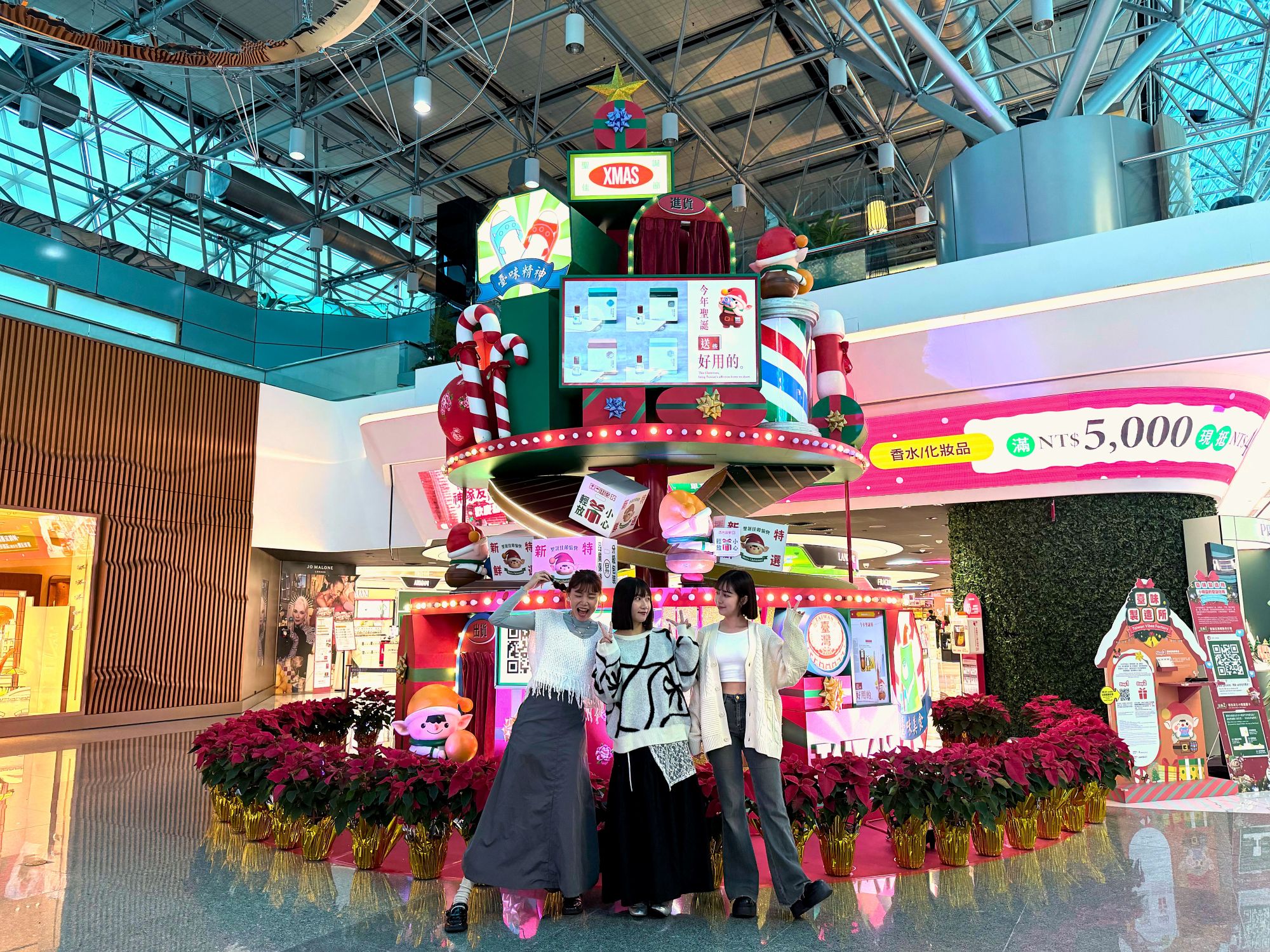November 30, 2023
New routes create retail prospects in APAC's evolving air travel industry
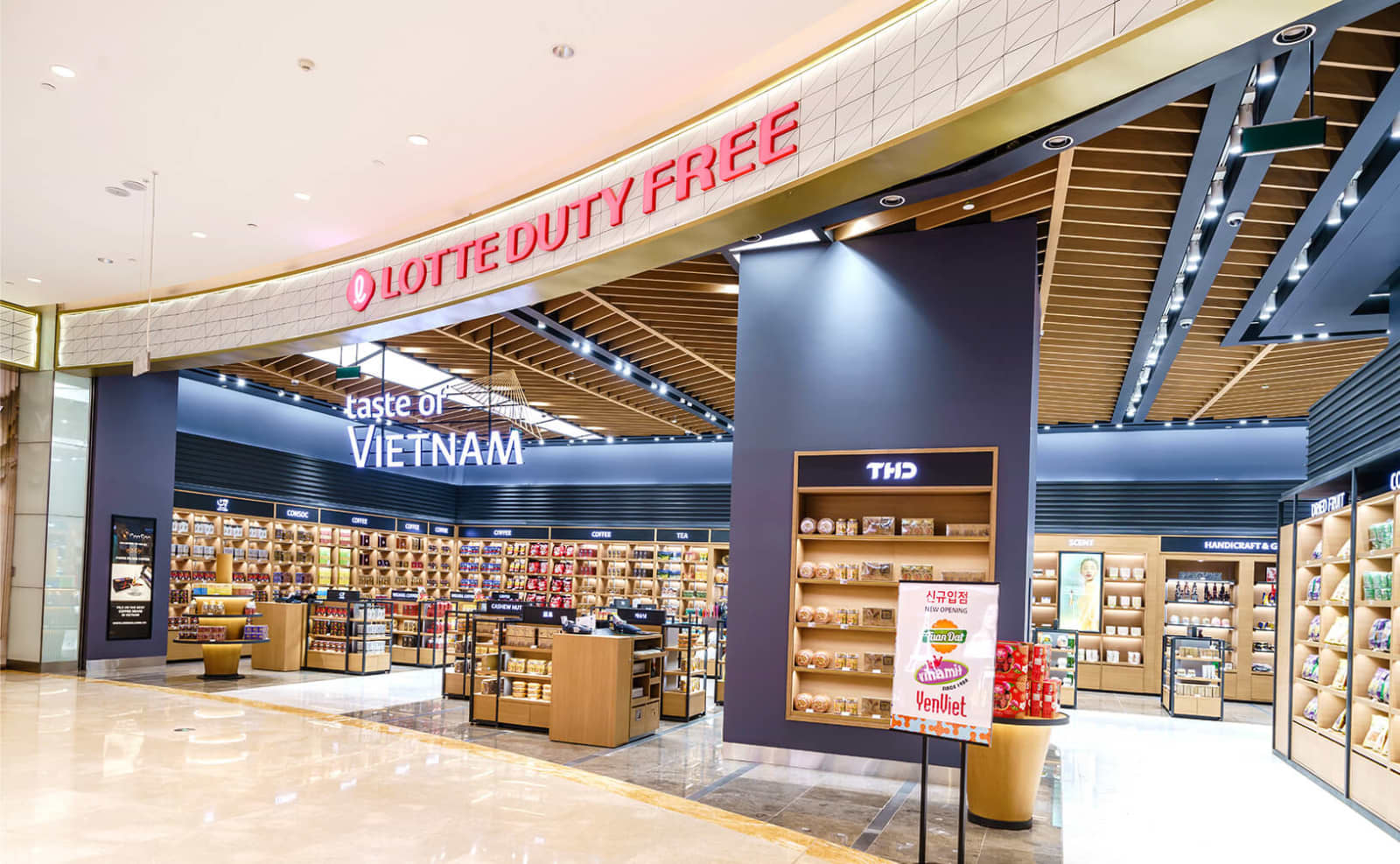
Earlier this year, Lotte opened the largest downtown duty free store in Vietnam, located in Da Nang
Renowned for its dynamic economic landscape and cultural diversity, the Asia-Pacific (APAC) region is currently witnessing a transformative era in air travel. This transformation is characterized by the emergence of new air routes, the increasing influence of low-cost carriers, and consequential impacts on duty free markets, particularly in non-traditional destinations. These changes are not merely enhancing connectivity but are also redefining the travel retail industry in profound ways.
We have seen the APAC region experience incredible growth in travel and tourism over the past several years, with significant growth in international visitor arrivals and a corresponding impact on the travel retail industry. In 2022, the region’s travel retail market size reached US$ 32.7 billion, in a year when much of the area was still wholly or partially closed. This year’s number should be much higher, given the openness of the region, and is projected to grow at a CAGR of 13% from 2023 to 2026. This rapid growth is largely attributed to the expanding travel and tourism sector, the rise of new international routes, and the emergence of low-cost carriers.
To no one’s surprise, China has emerged as a pivotal player in the travel retail market. The relaxation of China's Zero COVID-19 policy and the promotion of Hainan as a free-trade port and duty free hub are expected to significantly propel growth in the upcoming period. The market's recovery and growth are also driven by the increasing popularity of travel retail stores offering various luxury and premium brands, the rising digitalization of the retail experience, and the growth of e-commerce platforms catering to international customers. This resurgence and expansion of the travel retail market in Asia, especially in countries like China, Korea, and Hong Kong, have significantly altered the global travel retail dynamic, with Asia increasingly becoming the top region for the duty free industry, easily surpassing Europe.
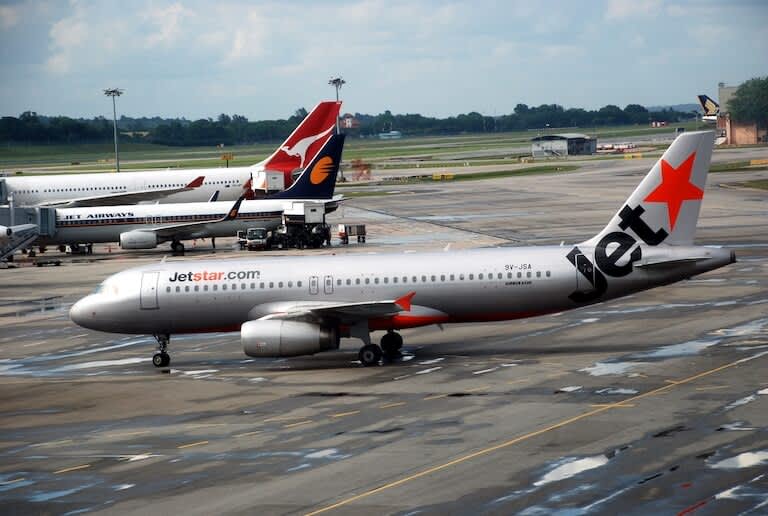
LCCs tend to operate from smaller, secondary airports, which are often less congested and offer lower landing fees. This preference has shifted the focus from traditional, larger airports to smaller, regional ones
Bridging gaps and expanding horizons
The APAC region has seen a significant uptick in air connectivity in recent years. New routes, often spearheaded by ambitious airlines, are stitching together previously underserved or unconnected destinations. This influx of new air links is pivotal in bringing more travelers to non-traditional locations, turning places that were once overlooked dots on the map into bustling centers of activity.
For instance, the introduction of routes that connect secondary cities in China directly to and from Southeast Asian tourist hotspots has seen a surge. Similarly, in South Korea and Japan, an increase in direct flights to lesser-known cities is stimulating both tourism and business travel.
Low-cost carriers: The democratization of air travel
The rise of low-cost carriers (LCCs) in the APAC region marks a revolution in air travel. Airlines such as AirAsia, Jetstar, and Scoot have democratized air travel, making it accessible to a broader demographic. These airlines have not only provided affordable travel options but also stimulated traffic in secondary hubs.
LCCs tend to operate from smaller, secondary airports, which are often less congested and offer lower landing fees. This preference has shifted the focus from traditional, larger airports to smaller, regional ones. The result is a new wave of travelers exploring previously less-accessible destinations.
Impact on duty free markets
This shift in the dynamics of air travel is having a profound impact on duty free markets in the region. Traditionally, duty free shopping was a luxury associated with major international airports. However, with the rise of new routes and LCCs, non-traditional hubs are experiencing a surge in passenger traffic, bringing new opportunities for travel retail.
And retailers are recognizing the potential of these emerging markets. Airports in secondary cities are expanding their duty free offerings with a focus on local products and experiences. This not only caters to the international traveler seeking unique souvenirs but also appeals to the domestic consumer market.
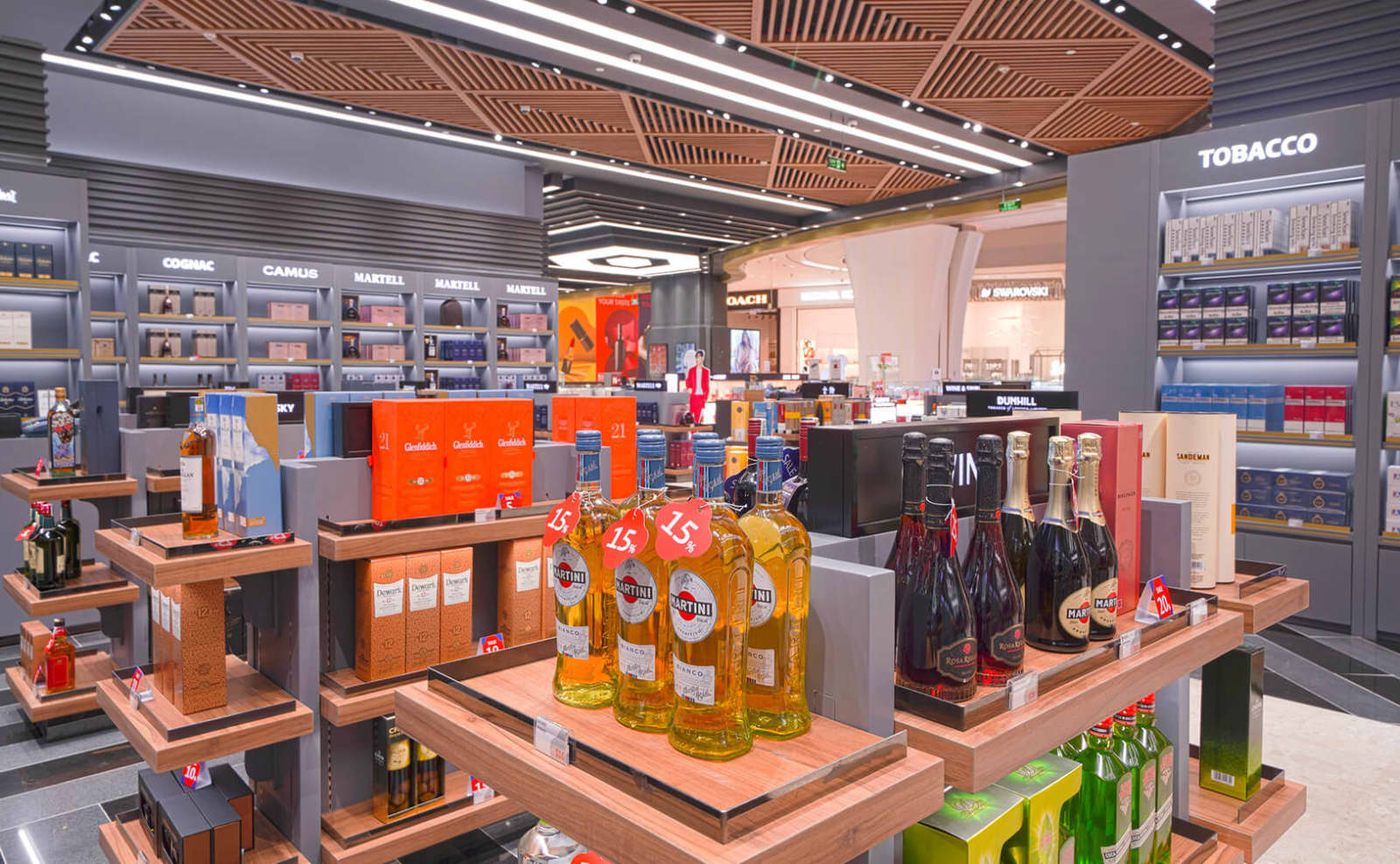
The spirits area of the new Lotte downtown duty free store in Da Nang, Vietnam
Of growing importance
The coastal city of Da Nang in Vietnam, previously known for its tranquil ambiance, has rapidly transformed into a vibrant travel destination. This metamorphosis is largely attributed to the influx of direct flights from various cities across Asia. The growth in air traffic has propelled the expansion of travel retail, with global and local brands vying for space.
In a significant recent development, Lotte Duty Free recently inaugurated a duty free store in Da Nang's city center. This store, nestled within the VV mall in My Khe Beach, one of the most popular beaches in Vietnam stands as the largest duty free store in Vietnam's urban centers, encompassing an area of 2,000 square meters. It boasts a collection of over 200 brands, encompassing perfumes, cosmetics, alcoholic beverages, jewelry, and watches. The store is a testament to the growing allure of Da Nang as a retail destination, combining famous international brands with local Vietnamese products.
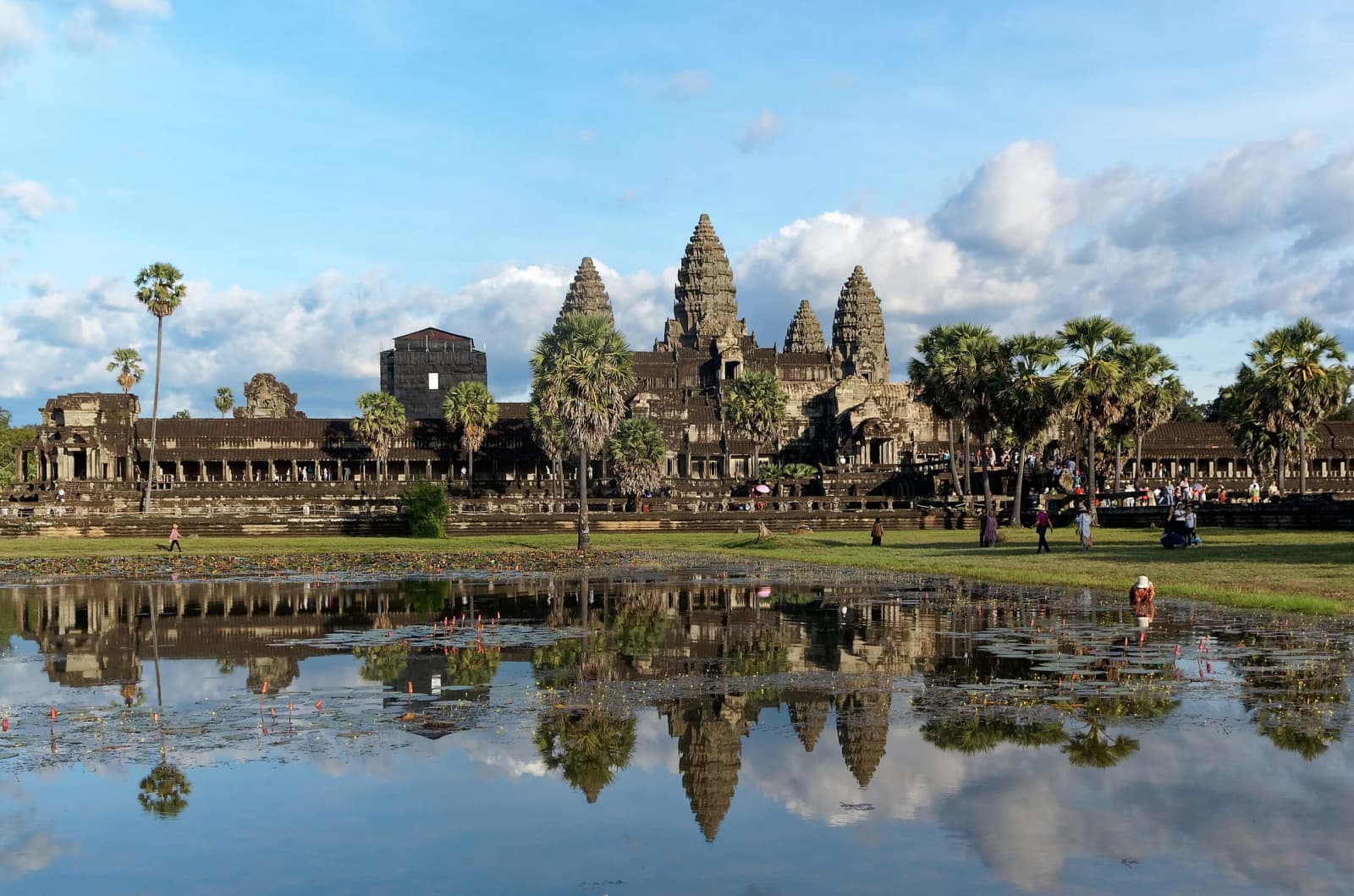
Just named the eighth wonder of the world, Angkor Wat temple complex is located in Siem Reap
The opening of the new Siem Reap-Angkor International Airport in Cambodia marks a significant milestone in the country's aviation and tourism sectors. This new aviation hub, starting operations in October 2023, is a result of an investment exceeding US$1 billion. Designed to handle up to seven million passengers annually, the airport is set on an ambitious path to accommodate projected to increase to 12 million passengers annually by 2040.
This expansion in capacity aligns with Cambodia's vision of bolstering its tourism appeal, particularly as the gateway to the iconic Angkor temples. The travel retail space at this airport, Duty Zero by CDF, managed by China Duty Free Group, is a blend of modern retail and cultural heritage. Featuring over 100 renowned international brands, the duty free store is a fusion of luxury and local culture, exemplified by the inclusion of the world’s first overseas airport Moutai Family store features the world’s first overseas airport store for Moutai, the famed Chinese baijiu brand.
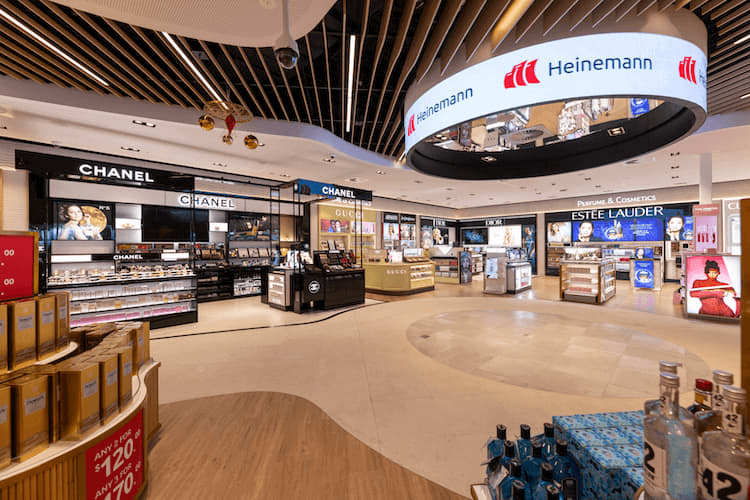
Heinemann recently doubled the duty free floorspace at Australia's Gold Coast airport
Australia's Gold Coast Airport is another example of non-traditional hubs taking center stage in the travel retail landscape. The airport has seen a substantial expansion in its duty free offerings, spearheaded by Gebr. Heinemann. The store, almost doubling in size, has introduced nearly 40 new brands, including high-end names like Prada, Dior, Tom Ford, and Gucci. This expansion is not just a response to the increasing international passenger demand but also a reflection of the region's rising significance in the global travel retail sector. The inclusion of Australian brands such as T2, Koko Black, and others adds a local flavor to the international shopping experience, catering to a diverse traveler demographic.
In August of this year, Airports of Thailand Plc (AOT) officially launched its 10-year development project of Chiang Mai International Airport, aiming to improve its capacity to serve 20 million passengers per year by 2033. Currently the airport serves 8 million PAX.
The upcoming expansion project, aimed at enhancing the airport's capacity to 20 million travelers annually per year by 2033, signifies the growing role of Chiang Mai as a tourist destination.
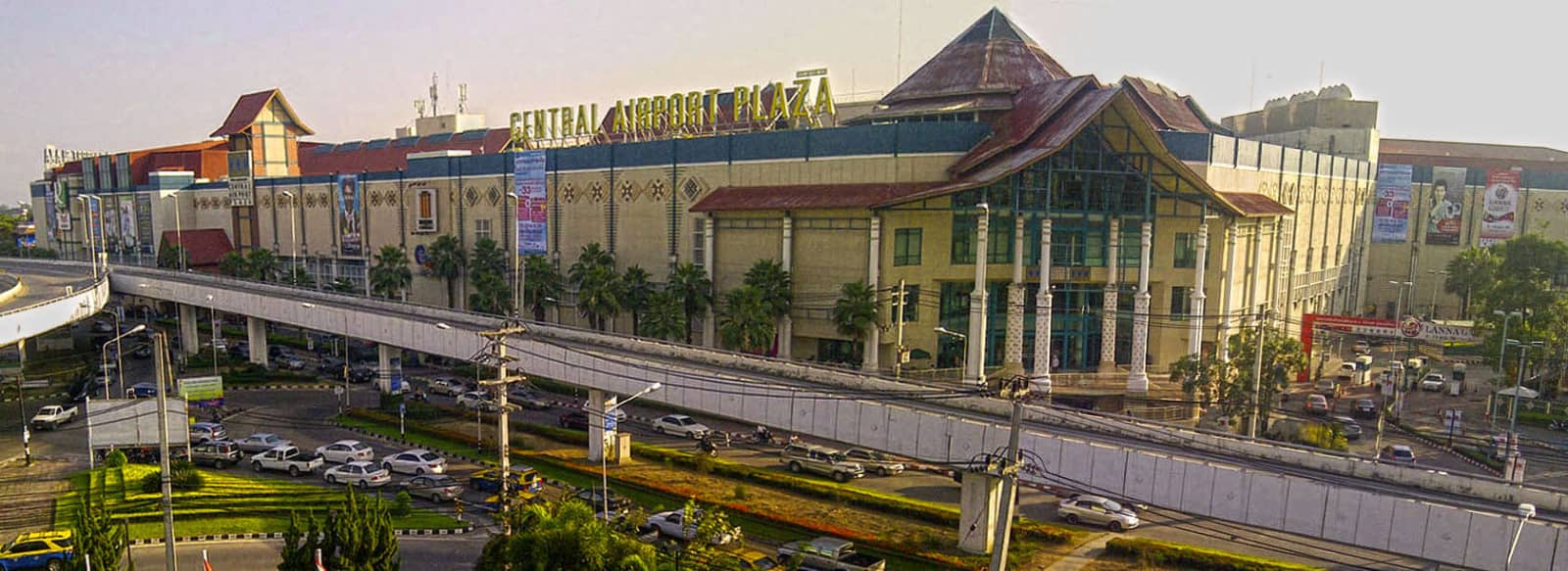
Thailand's Chiang Mai International Airport will soon be going through a large expansion project, more than doubling its capacity from 8 million to 20 million PAX
King Power operates duty free shopping areas in the international passenger terminal’s Arrivals and Departures Halls at Chiang Mai International Airport. These shops cater to travelers with a range of products, primarily in the realm of cosmetics, fragrances, accessories, and leather goods, featuring brands like Burberry, Bvlgari, Chanel, and Dior.
In response to the COVID-19 crisis, Airports of Thailand (AOT) extended the long-term commercial contracts with King Power and its subsidiaries by a year until 31 March 2032, which would allow King Power extra time for renovations. King Power International has also been declared the highest bidder for the duty free concessions at Chiang Mai, which is indicative of its strong position in the region and suggests potential for further expansion.
Clark, Philippines
Clark International Airport in the Philippines is carving its niche in the duty free market with the addition of new stores by Duty Free Philippines. These stores, offering a variety of products ranging from chocolates and confectioneries to wines and liquor, are set to cater to the diverse needs of an increasing number of tourists and travelers.
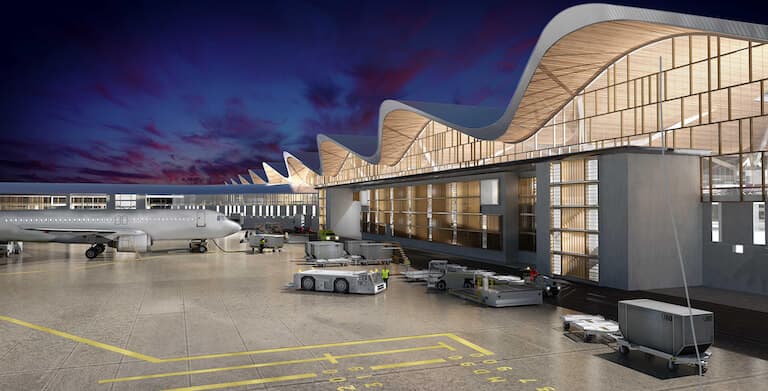
Clark International Airport's recent expansion doubled the capacity for the airport, which is being touted by the government as an alternative to Manila. Duty Free Philippines has opened a number of new stores in the past year
This development is in line with the region's transformation into a premier business and tourism destination, highlighting the strategic role of travel retail in enhancing the travel experience.
The Asia-Pacific region's evolving aviation landscape is fostering new opportunities for travel retail in non-traditional hubs. This trend is not only enhancing air connectivity but also enriching the travel retail experience, combining local charm with global luxury. As these emerging locations continue to grow, they offer a glimpse into the future of the duty free industry — one that is diverse, dynamic, and increasingly decentralized.




